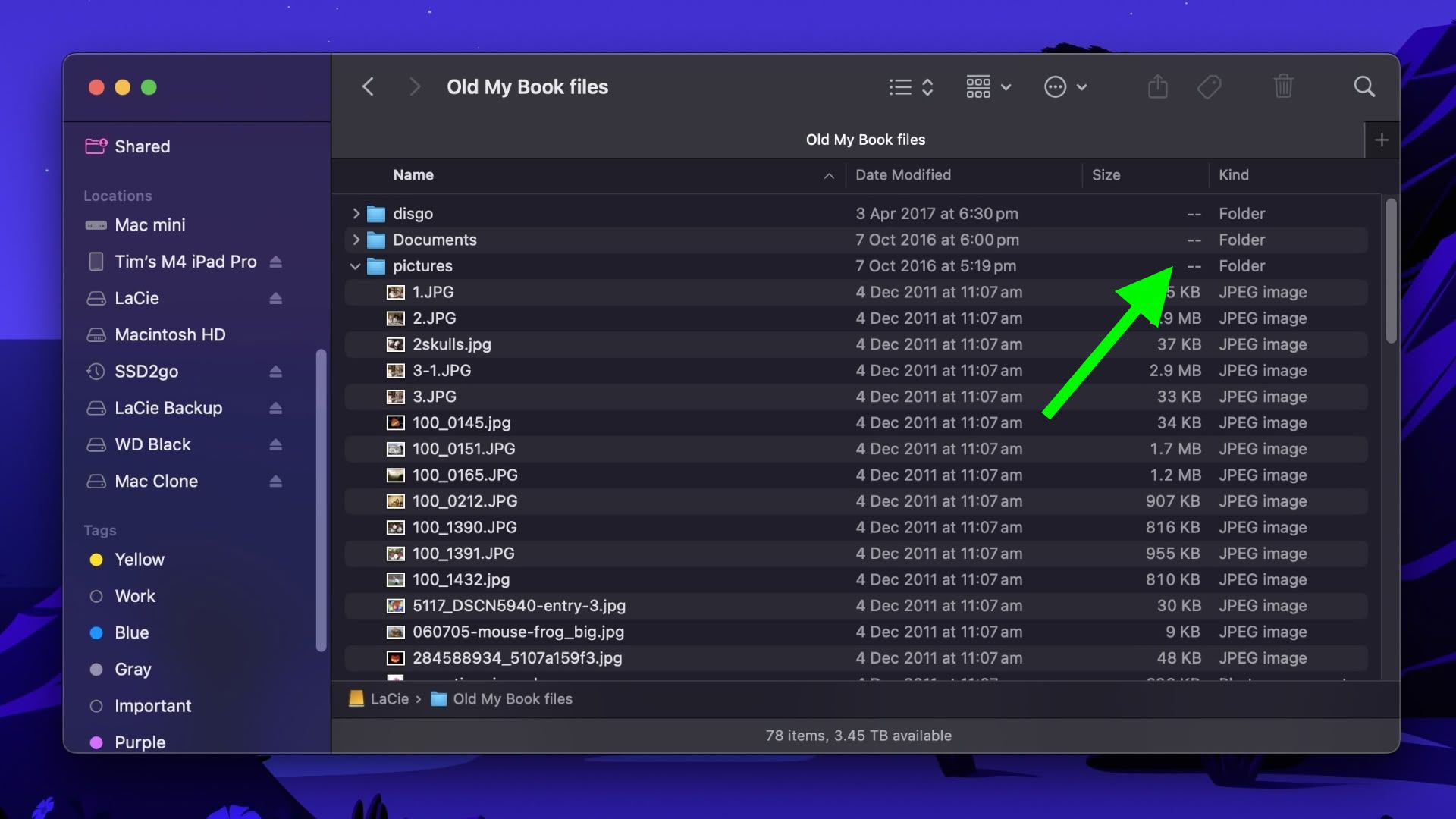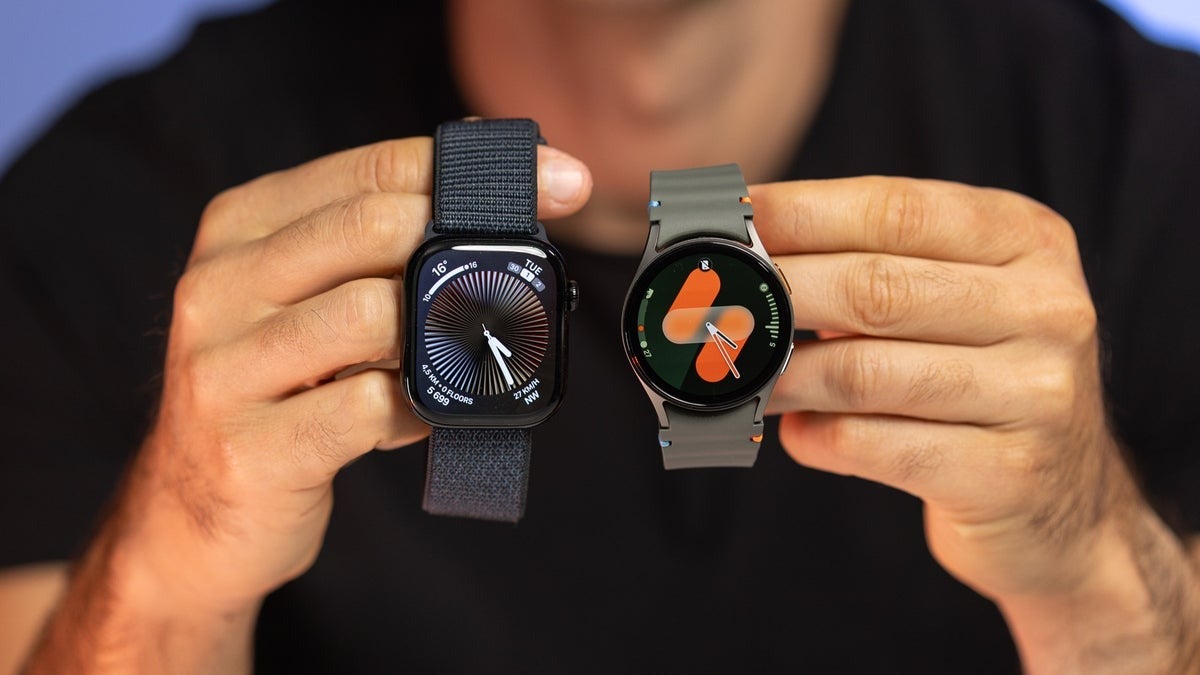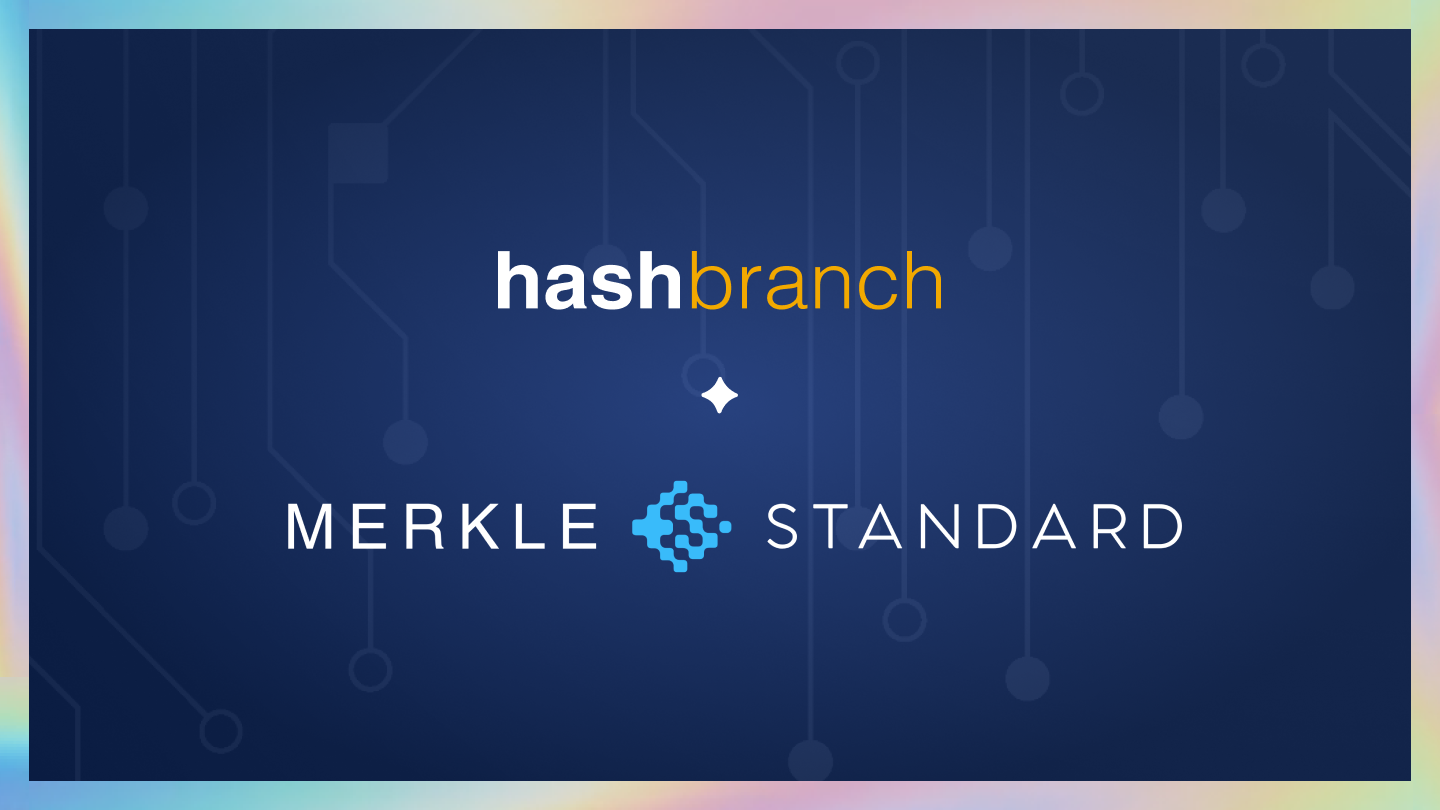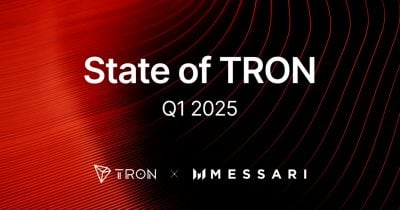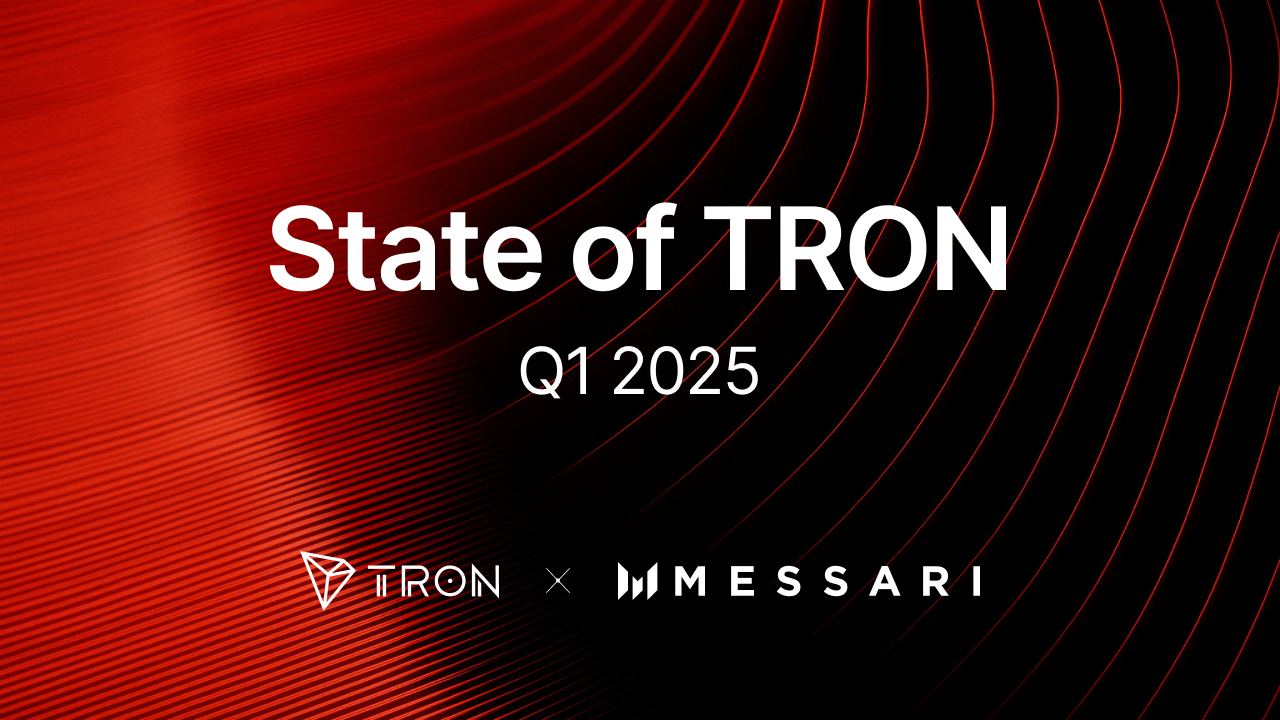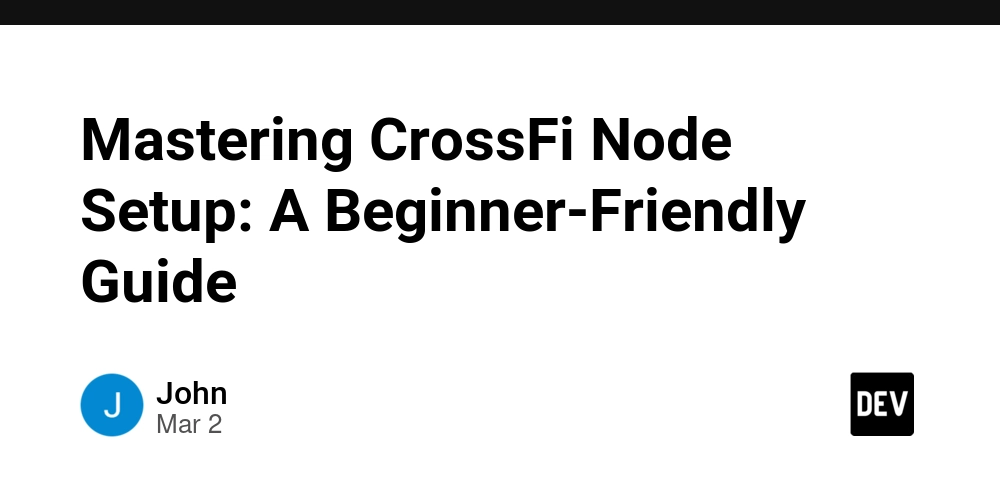Write Beautiful Code, or You’re Doing it Wrong
Title: Write Beautiful Code, or You’re Doing it Wrong Body: I like my code beautiful. You write code that’s ugly, rushed, tangled—you know what that makes you? A lazy chump. Companies out there, they don’t care about beauty. All they care about is making a quick buck. Ship it fast, patch it later. That’s how you end up with spaghetti code—a big, tangled mess that nobody can fix. These money grabbers—they build systems just good enough to squeeze out profits, but they’re really just piling up coding debt. What’s coding debt? It’s the cost of every ugly shortcut and every lazy hack. You don’t pay for it today, but tomorrow? It’ll eat you alive. Bugs everywhere. Features breaking left and right. Hours wasted trying to untangle the chaos. All because you were too greedy to do it right the first time. You wanted speed, not beauty. Greed builds debt, and debt destroys systems. Beautiful code, on the other hand, doesn’t accumulate debt. It’s clear, modular, and easy to maintain. Every piece fits together like a perfect machine. It’s elegant, efficient, and timeless. You don’t rush beauty. You don’t cut corners. You build it to last. If you’re writing code, ask yourself: are you building something beautiful, or are you building debt? Because debt will come back for you. The CEOs might make their money and run, but you’ll be the poor schmuck stuck with the broken code, watching the whole thing fall apart. So don’t be lazy. Don’t be greedy. Don’t write garbage. Sit down, slow down, and do it right. Write beautiful code. It’ll save you—and everyone who touches your work in the future—a world of pain.
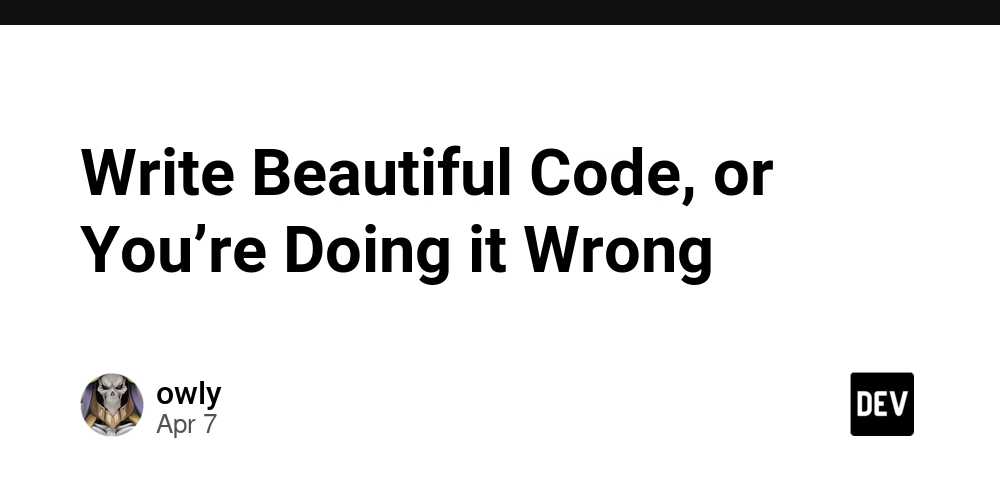
Title: Write Beautiful Code, or You’re Doing it Wrong
Body:
I like my code beautiful. You write code that’s ugly, rushed, tangled—you know what that makes you? A lazy chump. Companies out there, they don’t care about beauty. All they care about is making a quick buck. Ship it fast, patch it later. That’s how you end up with spaghetti code—a big, tangled mess that nobody can fix.
These money grabbers—they build systems just good enough to squeeze out profits, but they’re really just piling up coding debt. What’s coding debt? It’s the cost of every ugly shortcut and every lazy hack. You don’t pay for it today, but tomorrow? It’ll eat you alive. Bugs everywhere. Features breaking left and right. Hours wasted trying to untangle the chaos. All because you were too greedy to do it right the first time. You wanted speed, not beauty. Greed builds debt, and debt destroys systems.
Beautiful code, on the other hand, doesn’t accumulate debt. It’s clear, modular, and easy to maintain. Every piece fits together like a perfect machine. It’s elegant, efficient, and timeless. You don’t rush beauty. You don’t cut corners. You build it to last.
If you’re writing code, ask yourself: are you building something beautiful, or are you building debt? Because debt will come back for you. The CEOs might make their money and run, but you’ll be the poor schmuck stuck with the broken code, watching the whole thing fall apart.
So don’t be lazy. Don’t be greedy. Don’t write garbage. Sit down, slow down, and do it right. Write beautiful code. It’ll save you—and everyone who touches your work in the future—a world of pain.









































































































































































![[The AI Show Episode 144]: ChatGPT’s New Memory, Shopify CEO’s Leaked “AI First” Memo, Google Cloud Next Releases, o3 and o4-mini Coming Soon & Llama 4’s Rocky Launch](https://www.marketingaiinstitute.com/hubfs/ep%20144%20cover.png)
































































































































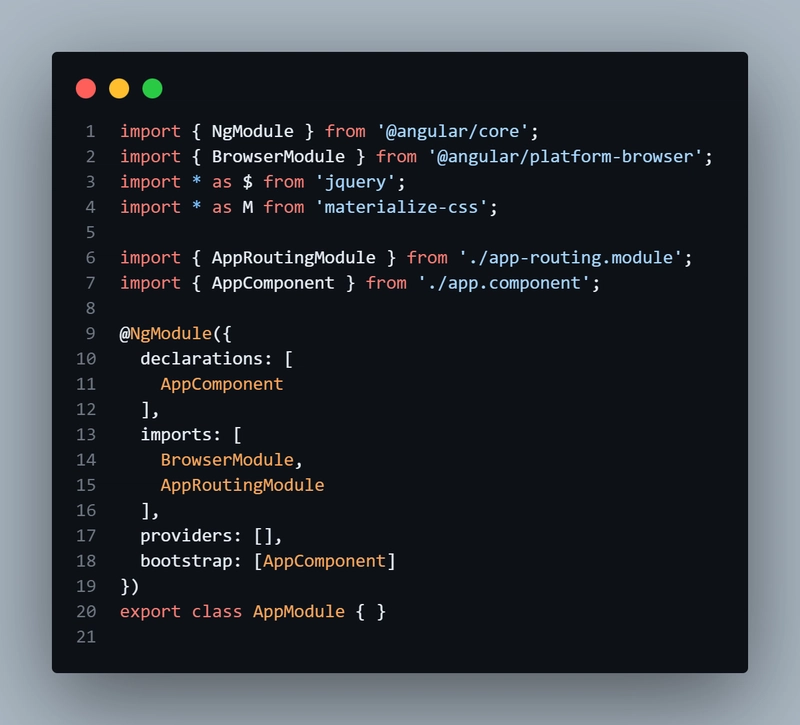

































































![Blue Archive tier list [April 2025]](https://media.pocketgamer.com/artwork/na-33404-1636469504/blue-archive-screenshot-2.jpg?#)











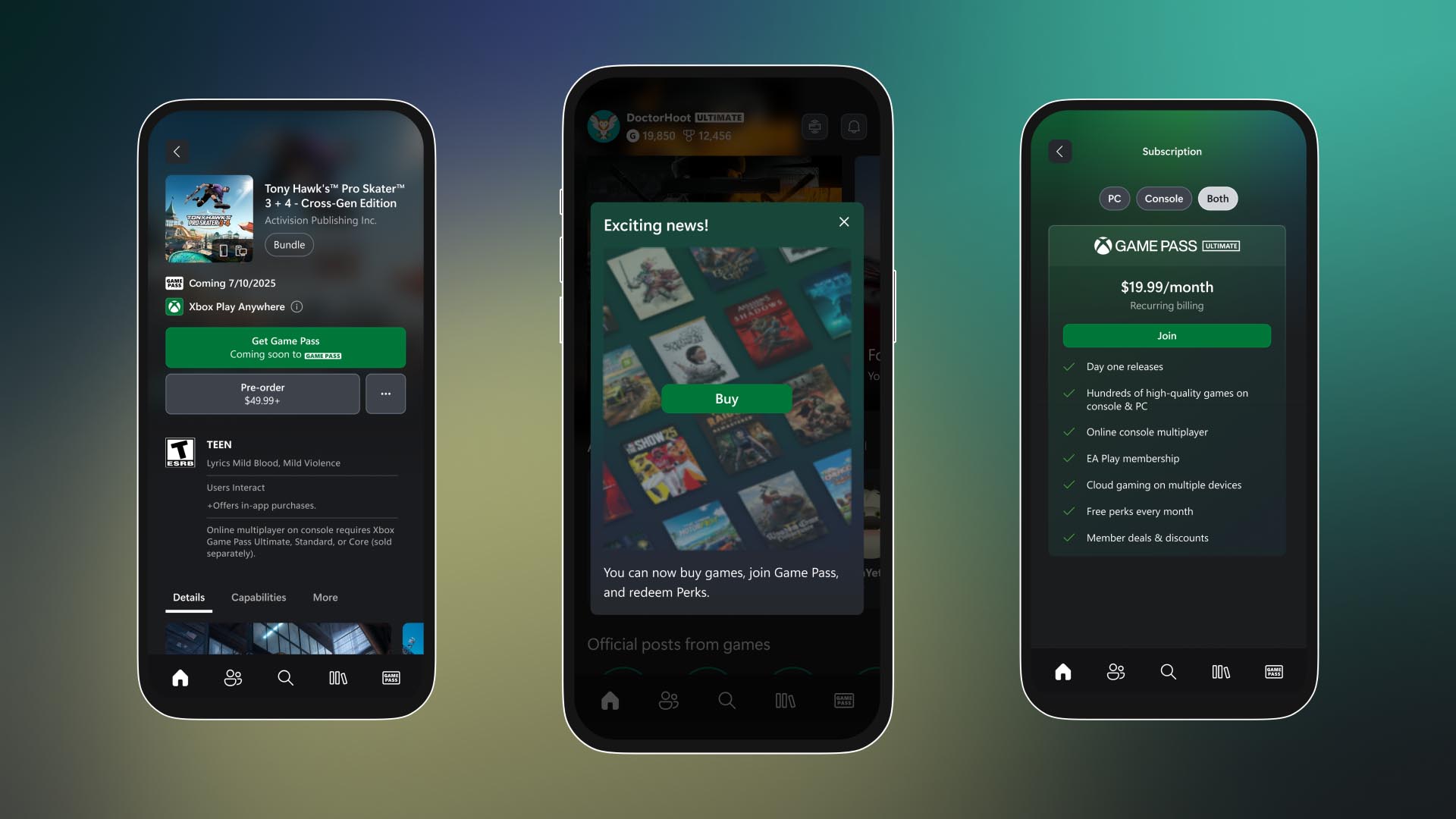



















.png?#)









.png?width=1920&height=1920&fit=bounds&quality=70&format=jpg&auto=webp#)




























.webp?#)












































































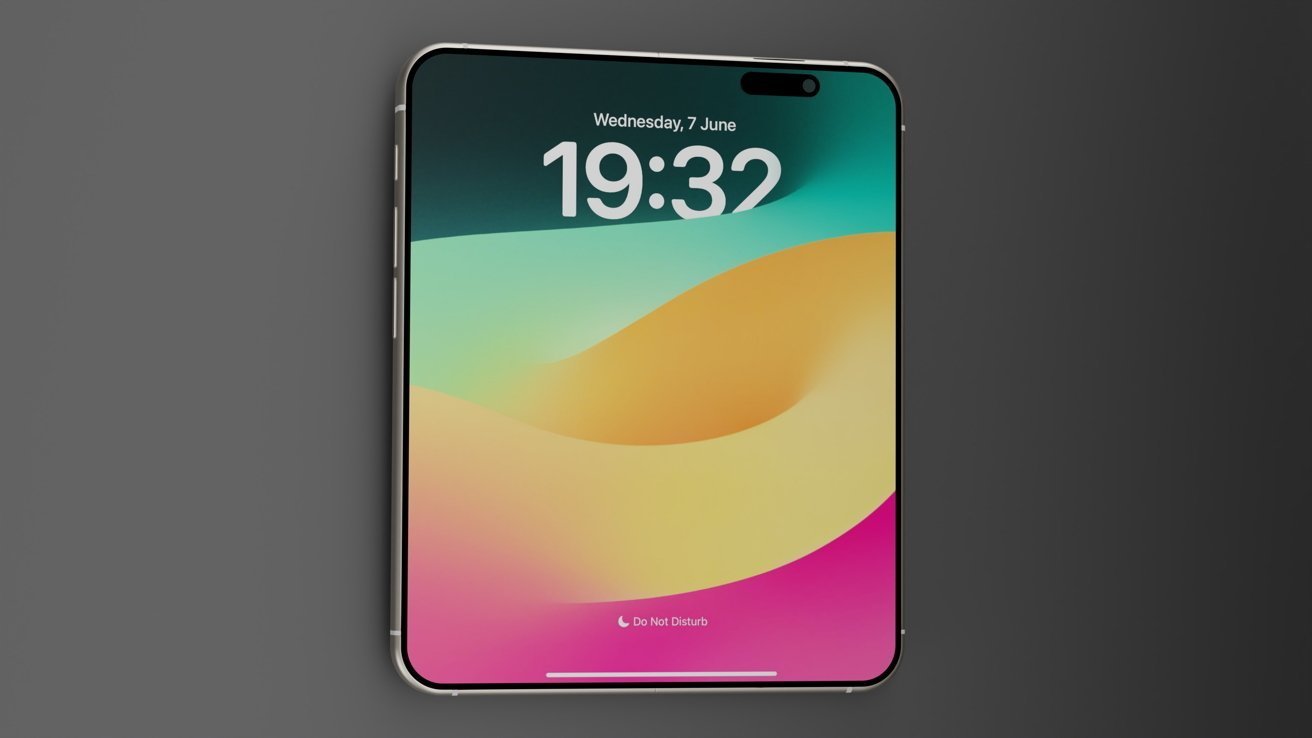






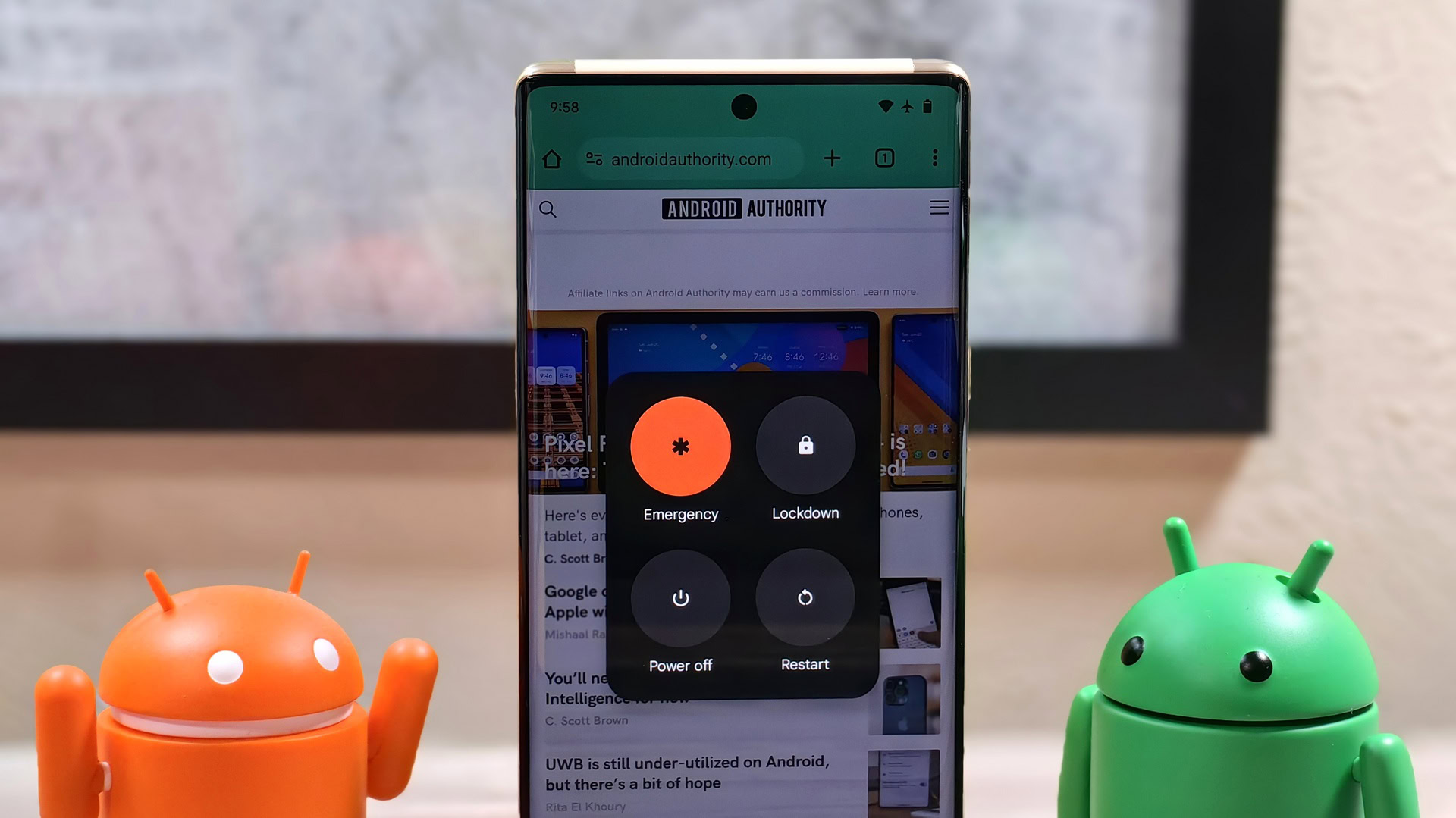
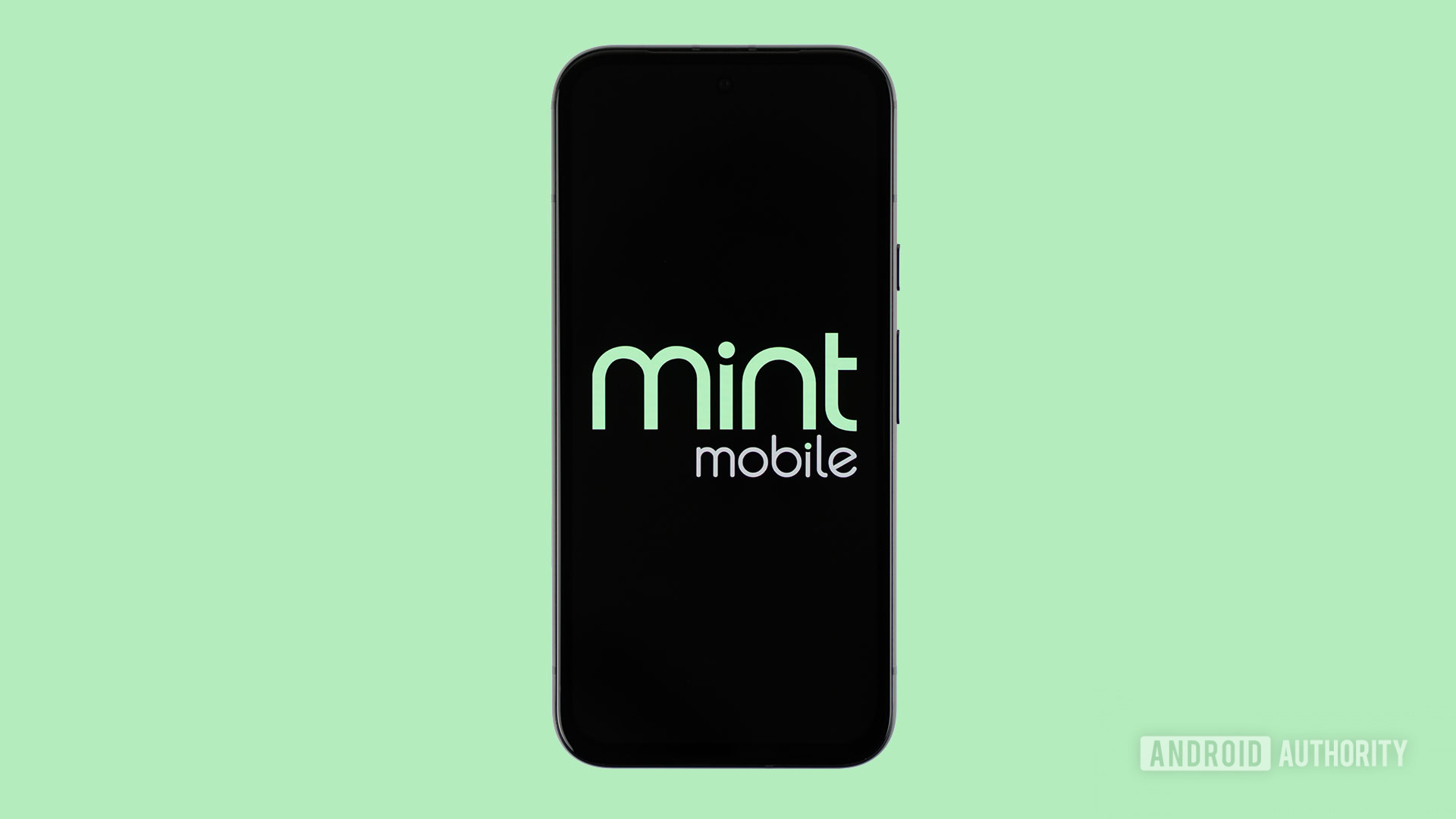
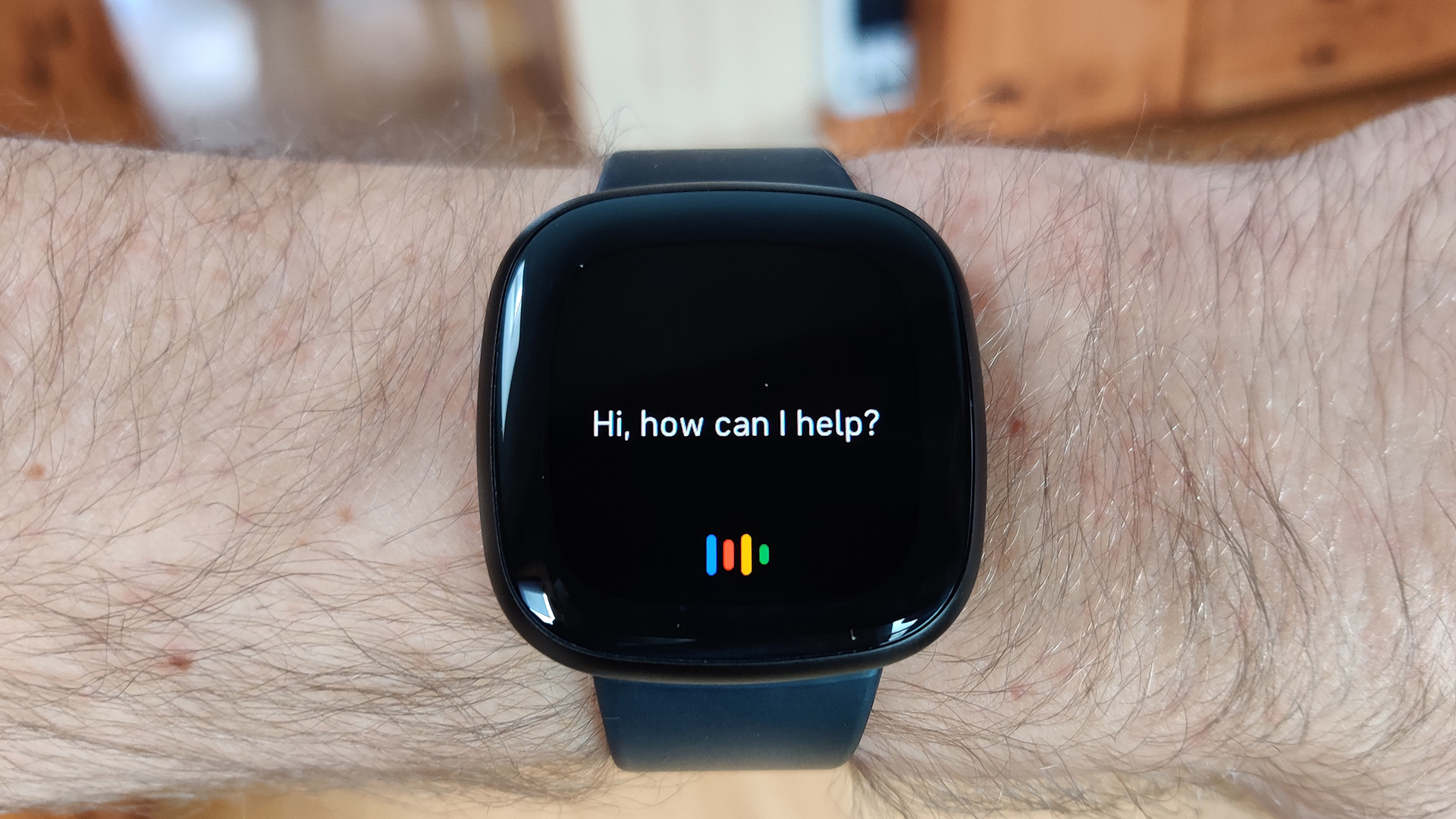
![PSA: It’s not just you, Spotify is down [U: Fixed]](https://i0.wp.com/9to5mac.com/wp-content/uploads/sites/6/2023/06/spotify-logo-2.jpg?resize=1200%2C628&quality=82&strip=all&ssl=1)



![[Update: Optional] Google rolling out auto-restart security feature to Android](https://i0.wp.com/9to5google.com/wp-content/uploads/sites/4/2025/01/google-play-services-2.jpg?resize=1200%2C628&quality=82&strip=all&ssl=1)













![Apple Vision 'Air' Headset May Feature Titanium and iPhone 5-Era Black Finish [Rumor]](https://www.iclarified.com/images/news/97040/97040/97040-640.jpg)


![Apple to Split Enterprise and Western Europe Roles as VP Exits [Report]](https://www.iclarified.com/images/news/97032/97032/97032-640.jpg)











































